|
Plant and butterfly friends A late summer walk in Stanmer Park truly lifts the spirit. Although it may be considered a city park, it retains the ancient natural features that we experience in the chalk downland landscape that runs 100 miles along the South Coast of England. From a distance all that can be seen is the brown grass that has gone to seed but as one approaches the grassland and looks to the ground a whole new world opens up before them. Plumes of butterflies rise from the meadow, it seems to have been a good year for butterflies as I have spotted an array of species from fritillary to comma, painted lady, red admiral, peacock , common blue, brimstone, large and marbled white. The late John Muir my inspiration and who is known as the founder of the modern conservation movement always has the perfect words of admiration for nature's delights: 'The butterflies coloured like the flowers waver above them in wonderful profusion, and many other beautiful winged people, numbered and known and loved only by the Lord, are waltzing together high over head, seemingly in pure play and hilarious enjoyment of their little sparks of life. How wonderful they are! How do they get a living, and endure the weather? How are their little bodies, with muscles, nerves, organs, kept warm and jolly in such admirable exuberant health? Regarded only as mechanical inventions, how wonderful they are! Compared with these, Godlike man's greatest machines are as nothing.' - John Muir Left to right below : Dwarf thistle & gatekeeper butterfly - Scabious- Round - headed rampion The meadow plants were a true delight, a new friend around every corner. The first sight was the dominating wild carrots standing tall and proud with their feathery 3-pinnate leaves beneath their umbrella-like heads distinctive of the carrot family, their forked bracts fringing the umbels that tell them apart from other umbellifer species. Hugging the earth were countless dwarf thistles which draw the butterflies and other pollinators to them such as the gatekeeper butterfly pictured above. The intense beauty of scabious and the dark blue flowers of round-headed rampion stood out as beacons of hope. Ladies bedstraw straggled the shorter grass whilst the golden yellow flowers of melilot reach to the higher grass. The keen eye will see the tiny flowers of eyebright peeping from the grass and the even smaller wild thyme beneath even the dwarf thistle. The last yellow rattle flowers were spotted with its now visible seed pods from which it is named. Red bartsia and yarrow spring up occasionally and the knapweeds brighten the grass mixed with the lower bright yellow flowers of autumn hawkbit and catsear. Too many plants to mention though it would be amiss for me not to write of the bell-shaped blue flowers nodding on thin stalks of the harebell carpeted by the bright yellow trefoil flowers. Now I am topped up and ready to go home, plants truly give so much. Left to right below : Eyebright- Catsear- Harebell Learn more and support our work by becoming a member for only £15.
0 Comments
|
Details
Poetry of flowersJoin me to explore the flora of the British Isles on this blog. My intention is to attempt to capture the unique quality and beauty of each species of flower, tree or shrub. For every species featured I will be growing many more wildflowers to celebrate the joy of their existence, their intrinsic conservation value and bewildering array of uses. For nearly 30 years I have noted, studied and explored wildflowers in the field much to the patience of the walker beside me. To share this passion is a heartfelt plea to respect, preserve and care for all British Wildflowers no matter how common they seem. Archives
February 2024
Categories |

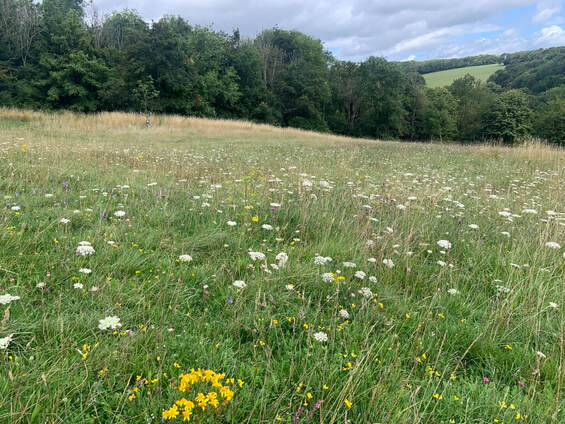
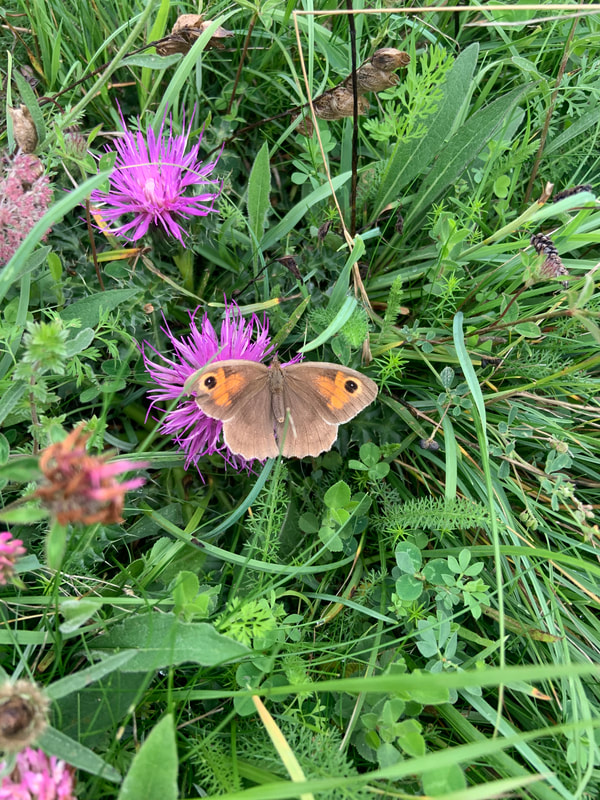
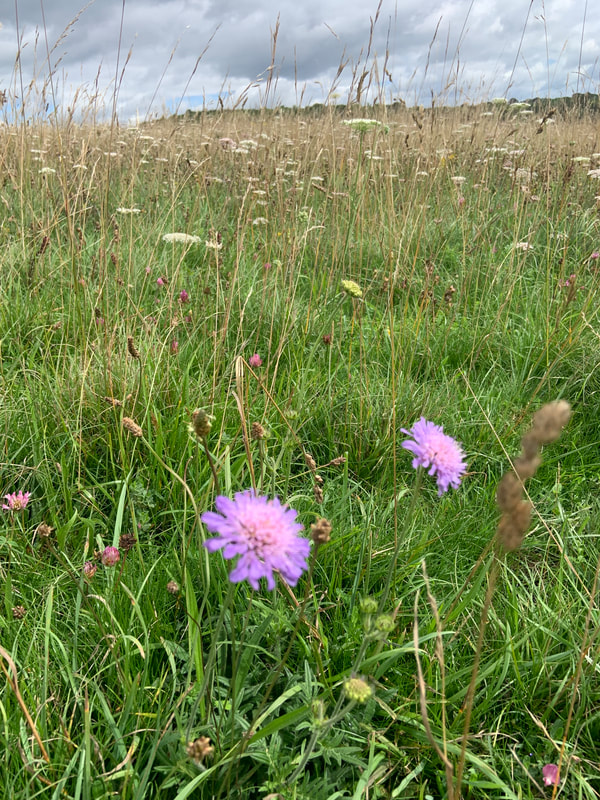
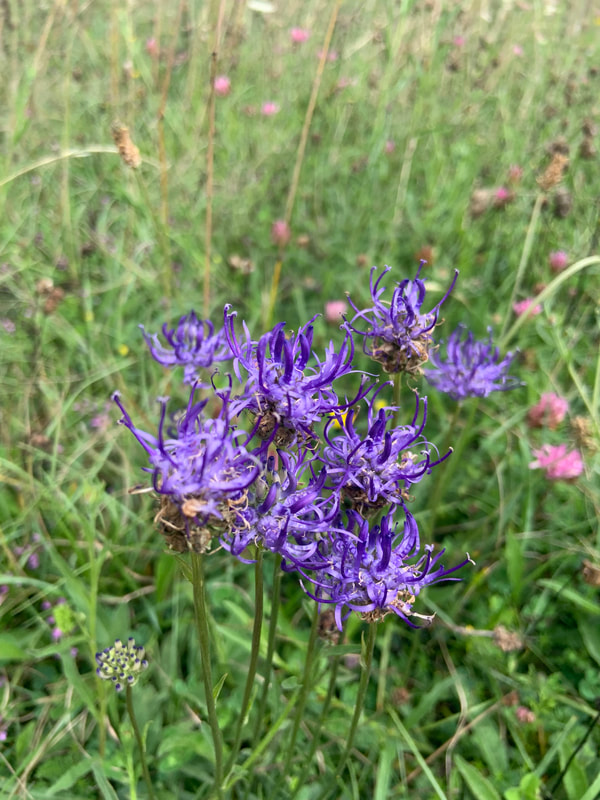
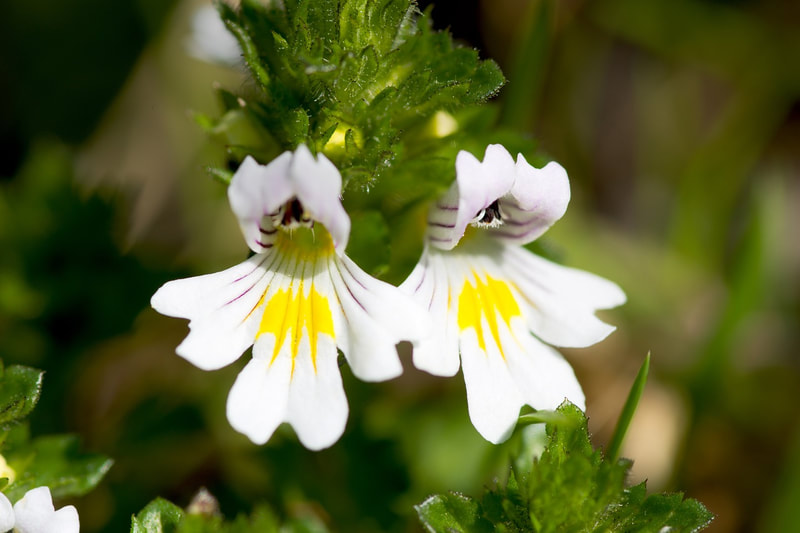
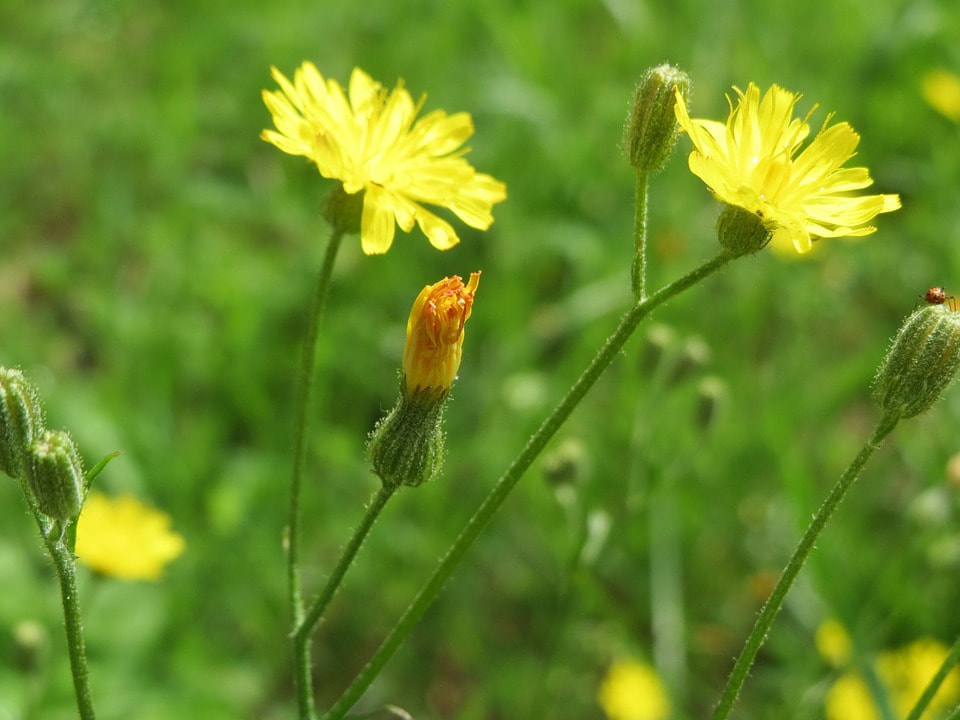
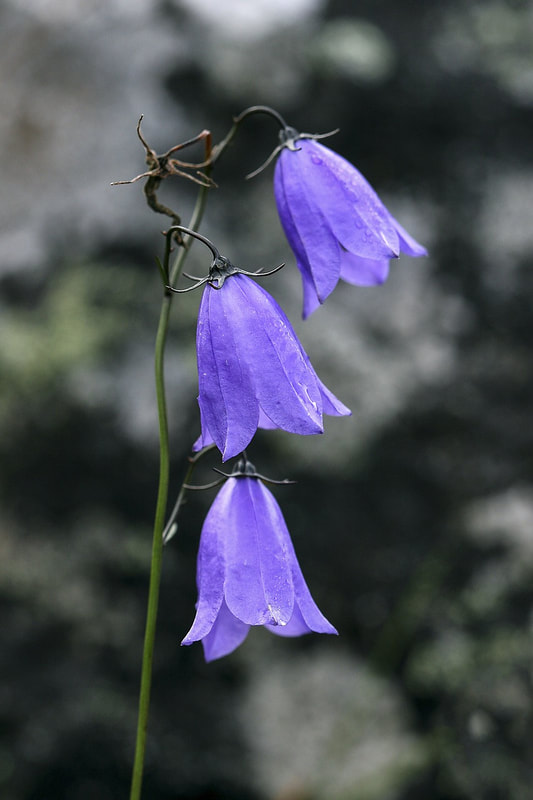
 RSS Feed
RSS Feed
